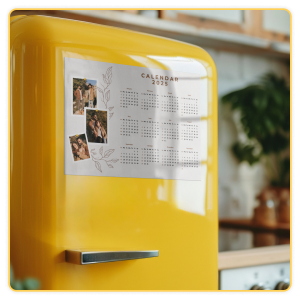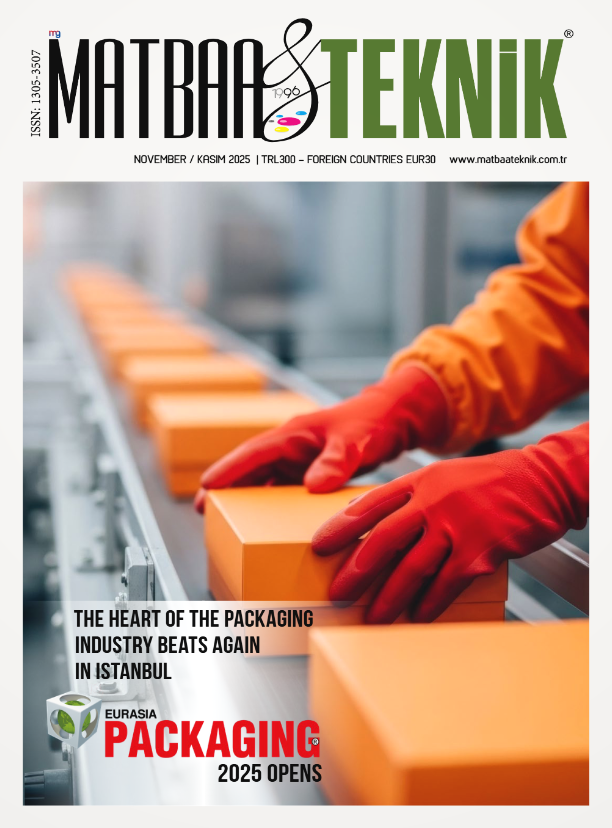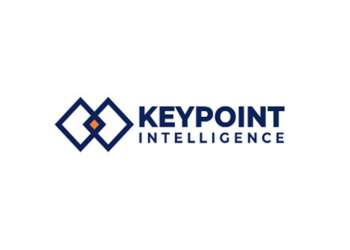Across the calendar year, the print industry navigates multiple seasonal peaks driven by both traditional holidays and cultural dates such as New Year, Ramadan, Eid al-Fitr, graduation, and the ‘back to school’ period. Consumers are increasingly turning to personalised products to commemorate these moments, a trend that continues to gain momentum. Figures from Research and Markets project the European personalised gifting market to grow from $9.67 billion in 2023 to $14.51 billion by 2029, fuelled by the continued rise of digital printing and e-commerce adoption.
As the final quarter of the year approaches, the print industry is once again preparing for a significant seasonal surge driven by demand for gifts for occasions like New Year with consumers seeking thoughtful and sentimental items. Photos remain a popular design choice for personalised gifts, reinforcing the personal connection. Supporting this trend, Fortune Business Insights forecasts the European photo printing and merchandise market to grow at a CAGR of 6.92%, reaching $4.92 billion by 2032.
The appeal of personalised photo calendars
Typically purchased towards the end of the year or at the start of a new one, photo calendars provide an opportunity for print businesses to capitalise on this increased demand for gifts as well as the growing demand for personalised items. And with research from Deloitte finding that 1 in 5

consumers who expressed an interest in personalised products or services are willing to pay 20% more, there is a strong argument for print service providers to consider adding photo calendars to their offering ahead of the end-of-year season, if they haven’t already.
Photo calendars are inherently personal and emotionally resonant gifts, offering
consumers the chance to showcase a wide range of memories across multiple pages. Whether aligning each month with a photo from the same period the previous year, highlighting birthdays of family members or friends, or building themed collections, such as travel or family milestones, t
he creative possibilities are vast. Plus, with additional options like selecting the start month or marking important dates such as academic year dates and religious festivals as well as more personal dates such as weddings and due dates, calendars offer year-round sales potential beyond the traditional end-of-year peak.
User experience (UX) considerations
Personalisation today goes far beyond simply adding a name or changing the colour of a product, but the more creative a design is, the more complicated the design process can be. Designing personalised products can involve uploading a number of photos from either a mobile phone or desktop, choosing the order or design, adding any additional text or graphics, and completing the order. This can be time consuming and tricky if user experience (UX) has not been carefully considered – leading to cart abandonment and missed opportunities. According to research by Baymard Institute, the average e-commerce cart abandonment rate is 70.19%, with 18% of respondents citing this was due to the
checkout process being too long or too complicated. To avoid this, a seamless UX is crucial for maximising the sales potential during peak seasons and surges in demand.
Examples of good UX practices include fast photo upload speed and design or layout rendering speed, instant flagging of files that are too low resolution to be printed without blurring, ease of moving and/or cropping photos, smart layouts, and more. With smart tools such as these, the design process can take anything from 30 seconds to three minutes from design to ordering.
Editable templates and layouts
Advances in digital printing technologies and print personalisation software mean print service providers can now offer high levels of personalisation such as changing background colours and adding images, photo, and text for a range of calendar formats – from tripartite, single-sided, book, photo, spiral-bound, slatted, pyramid, magnetic, pocket calendars, and more, without requiring a time-consuming or challenging design process for customers.
For consumers without extensive design experience, smart and intuitive personalisation software offers added features su ch as the creation of photo collages in a variety of shapes, like numbers or letters, or automatically arranging updated photos on a collage with the ‘photo shuffle’ feature. For customers who need a little design inspiration, the addition of calendar templates can be another way to boost the experience and speed up the process. With a diverse collection of templates available, from simple and minimalistic designs to complex and highly creative designs, customers can find the perfect option for their special occasion – but it’s important to also include an option for customers to make their own designs from scratch if they desire.
ch as the creation of photo collages in a variety of shapes, like numbers or letters, or automatically arranging updated photos on a collage with the ‘photo shuffle’ feature. For customers who need a little design inspiration, the addition of calendar templates can be another way to boost the experience and speed up the process. With a diverse collection of templates available, from simple and minimalistic designs to complex and highly creative designs, customers can find the perfect option for their special occasion – but it’s important to also include an option for customers to make their own designs from scratch if they desire.
Mobile-friendly and print-ready designing
With the continued growth of e-commerce in recent years, consumers now expect to be able to purchase print online just as they would any other product – seamlessly and quickly. According to the Centre for Retail Research, online purchasing using smartphones now accounts for over 50% of all European e-commerce sales. This means the print personalisation process needs to be as seamless from a mobile phone as it is for a desktop website. Opting for a print personalisation software that is fully optimised for use on, not just viewing on, mobile devices means print service providers can enable their customers to easily make and order personalised calendars any time, anywhere using their smartphone or tablet.
With the year-end fast approaching and software integrations taking time to settle in, now is the time for print businesses to take a closer look at the user experience that consumers encounter when using their personalisation offering. Personalised photo calendars remain a powerful and profitable product in the peak season, but a poor UX can mean the difference between a completed order and an abandoned cart. By investing in intuitive, mobile-friendly personalisation tools that streamline the design process and generate print-ready files automatically, printers can not only meet customer expectations but exceed them, boosting conversion rates, reducing bottlenecks, and making the most of this seasonal surge in demand. The printers that act now to optimise UX will be the ones who win when peak season hits.


















